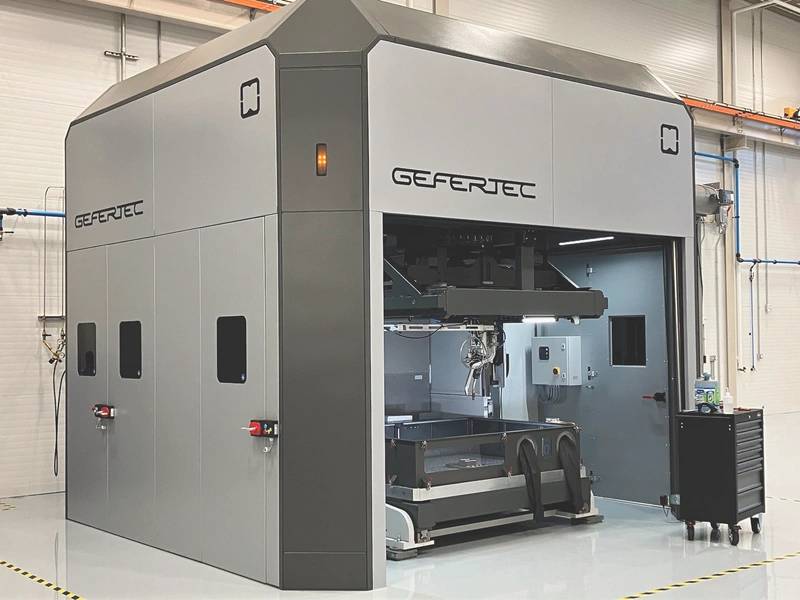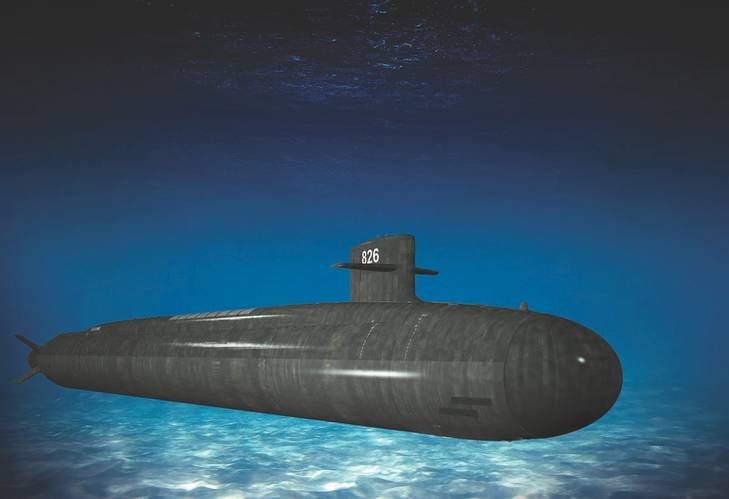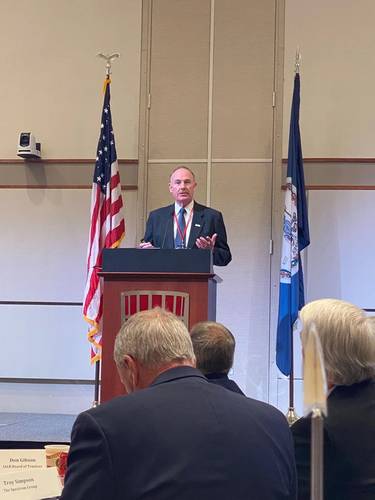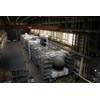"AI is the Game Changer"
Austal USA Advanced Technologies is working with the US Navy on technical solutions that will power the next-gen of navy assets. Don Hairston recently took the helm of the AAT team, and discusses how additive manufacturing and artificial intelligence are powering the future of naval asset design, construction and lifecycle maintenance.
Don, what specifically attracted you to the position as GM of Austal USA Advanced Technologies?
I liked Austal USA as an up-and-comer; it offers tremendous growth opportunities. I also like the advanced technology aspect, especially in the additive manufacturing (AM) space. Our mission in AM is to support the submarine industrial base in achieving the ‘one plus two’ goal … that’s construction of one Columbia and two Virginia class submarines per a year. The only way we’re going succeed is through automation, a big part of which is additive manufacturing. It was appealing to me coming into Austal USA leading the Advanced Technology division, with a clear focus on the Navy’s Additive Manufacturing Center of Excellence in Danville, Virginia.
What are the key technology drivers of your primary customer – the US Navy?
If we look at the submarine industrial base, there is a growing need for people, processes and automation, to support the growing scope of additive manufacturing; our partnership with the Institute for Advanced Learning and Research, also located in Danville, is a key element for achieving the Navy’s one plus two requirement. Fundamentally, you need people, and the Institute brings a pipeline of highly-skilled, trained operators in skills critical to manufacturing submarines. We have everything from training all the way through manufacturing and part delivery co-located in Danville. That end-to-end capability is what we’re driving to support the US Navy with particular emphasis on the submarine industrial base.
In the context of AAT is doing for the Navy, what specifically does additive manufacturing mean?
Today, the submarine industrial base relies on forging and casting houses to provide mission-critical parts, and unfortunately the existing industrial base cannot support the one plus two cadence. Instead of growing the casting and forging industrial base footprint, we’re looking to expand and evolve that footprint through additive manufacturing. We are leveraging cutting-edge modalities for additive manufacturing such as laser powder bed fusion, direct energy deposition, friction stir processing and cold spray. Coupled with the different modalities are various alloy types; our plan is to combine up to six different alloy types with the appropriate modality to ensure that the right part is built with the right process and the right alloy. Essentially, we are building the right “recipes”, in the form of Technical Data Packages (TDPs), that prescribe an alloy type and AM modality for the industrial supply base to scale production of AM parts. The AM Center of Excellence is assembling the TDPs for dissemination to a network of additive manufacturers, and other machines within the network that we’re establishing, to inject AM parts into the supply stream as alternatives to forgings and the castings. We’re not going away from forging and castings; we’re supplementing production capacity.

Cheap asymmetric systems are proving effective against much larger, much more expensive and powerful assets. How are these trends impacting your work?
Austal USA has expanded its focus area to address these trends – I believe that large numbers of autonomous drones are the right answer. For instance, we are supporting L3Harris in building out the GHOST fleet, and we are participating in the Overlord program, currently building vessel #3 and the earlier vessels on which Austal’s automated machinery control systems have been installed. Also, through Saildrone, Austal USA is building a 65-foot ISR and ocean mapping vessel called Surveyor. Austal USA has also integrated layers of autonomous systems on EPF-13 with success; these integrated layers include automated machinery controls, L3Harris’s ASView, as well as General Dynamics wave predictive capabilities. Tying these capabilities together on an integrated backbone on EPF-13 effectively demonstrated the possibility of an autonomous large surface vessel to the US Navy. Austal is also pursuing a prime contract to build the Large Unmanned Surface Vessels (LUSV).
Drones and autonomy are a key piece of the US Navy’s future requirements, and Austal USA Advanced Technologies is poised to bring additive manufacturing capabilities to the rapid production and deployment of unmanned systems to meet that need. We must to be ready to scale up using additive manufacturing production capabilities for small and medium vessels. In the future, we will be in a position to print small sized vessels, but currently our focus is the submarine industrial base.
What tech do you see in the formative stage that will determine the size and shape of the US Navy fleet of tomorrow?
Data analytics and AI are pivotal as we build Navy’s future fleet. They offer the opportunity to have fleets of unmanned vessels of all sizes and shapes, in the air, on land, and on the surface and underwater. The ability to support assets from a predictive modeling perspective and a product lifecycle management standpoint is critical; end-to-end performance-based logistics is possible through the fundamental understanding of system engineering and the system engineering model, working in concert with data analytics and AI. It’s one thing to have a fleet, it’s another thing to support it, and through data analytics and AI, I believe that is going to be a game changer.
What are your objectives in the coming 12 to 24 months?
The priority is transforming the submarine industrial base with AM and developing a highly skilled workforce to support it. Our near-term goal is to build out the network of suppliers, not only at the Center of Excellence, but growing our partners as well. We are activating suppliers by guiding them through Navy AM technical requirements, flowing down quality standards, and helping them to establish robust AM capabilities. Our AM base is being primed to print good parts using TDP recipes that are ready for install.
We’re investigating process automation to improve the efficiency of supplier activation to more rapidly expand our network. Right now, we’re producing tens of TDPs per quarter, but our ultimate goal is to produce hundreds of TDPs per quarter. We want to scale from tens of parts to thousands of parts per year. This exponential growth is necessary to support that ‘one plus two’ initiative from a production standpoint. Other critical focus areas include building the training pipeline, and automating the entire supply chain process to support this growth mindset.
Watch the full interview with Don Hairston on Maritime Reporter TV:


















 December 2025
December 2025



